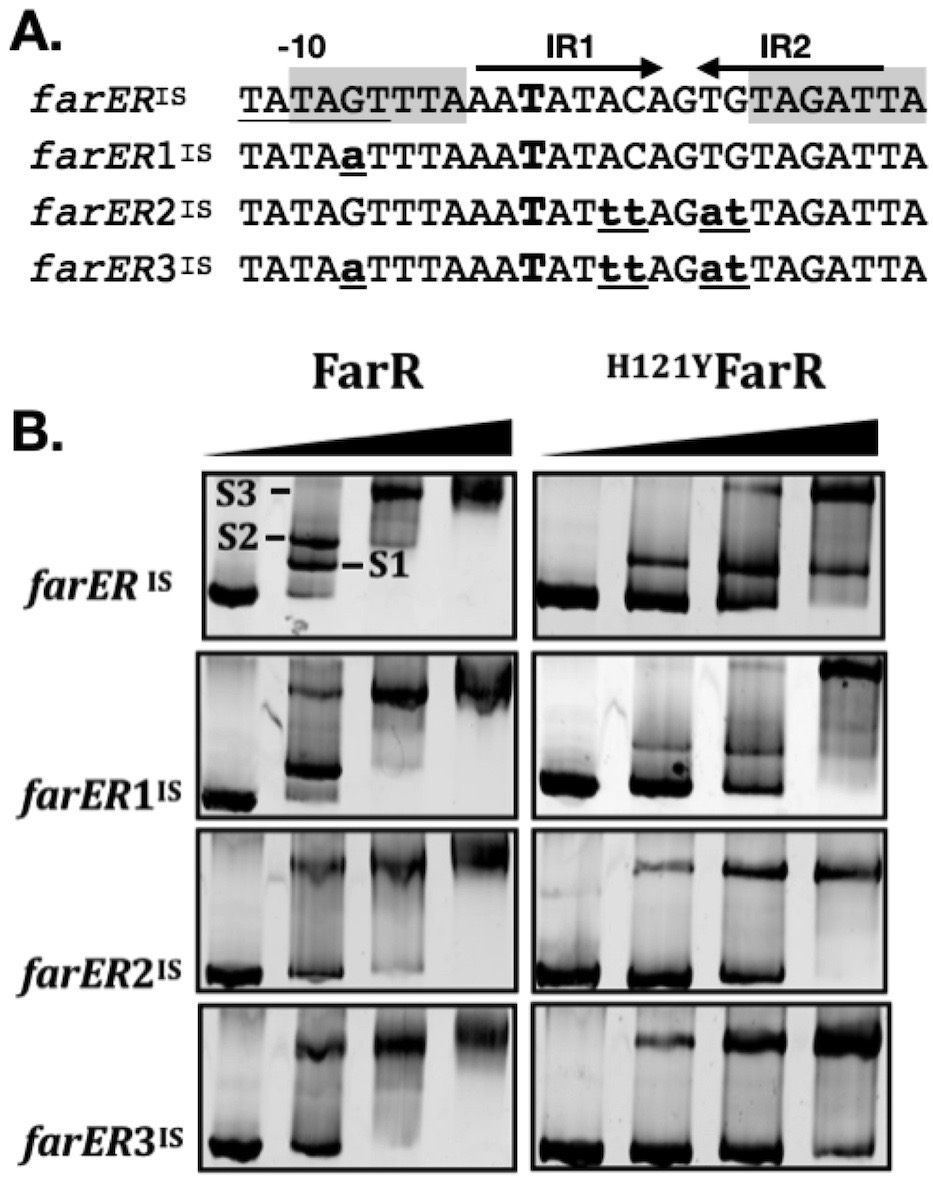|
Our research aims to understand how Staphylococcus
aureus senses, adapts and responds to chemical
signals of innate immunity that would be
encountered during colonization, and at sites of
infection.
Approximately 30% of the human population is
persistently colonized by S. aureus, most
frequently in the nose, and S. aureus also
typically persists on the skin of colonized
individuals. To persist on its human host, S.
aureus must recognize and integrate different
chemical signals from innate immunity and
respond in an appropriate manner to evade
killing by innate defence mechanisms, the main
pillars of which include exposure to acidic pH,
antimicrobial peptides and antimicrobial fatty
acids.
|
|
With this as a broad mandate, current areas
of focus in the lab include:
-
Regulation and function of a Resistance
Nodulation Division superfamily efflux
pump that is induced by and required for
resistance to antimicrobial unsaturated
fatty acids encountered at sites of
colonization and infection.
-
Understanding how S. aureus senses and
responds to concurrent exposure to different
signals from innate immunity
(ie;combinations of antimicrobial peptides,
antimicrobial fatty acids, and growth at
acidic pH). Bacteria do not have the option
of dealing with one stress at a time; they
must efficiently sense and respond to
disparate antimicrobial threats that are
encountered simultaneously.
-
Elucidating how S. aureus metabolism of
host-derived antimicrobial unsaturated free
fatty acids is influenced by conditions that
mimic in vivo growth. S. aureus cannot
synthesize unsaturated fatty acids, which are
toxic if allowed to accumulate in the
cytoplasmic membrane. How do the bacteria
optimize the use of host-derived antimicrobial
fatty acids as a nutrient, while minimizing
toxicity?
|

|
FUNDING
|
|
|













